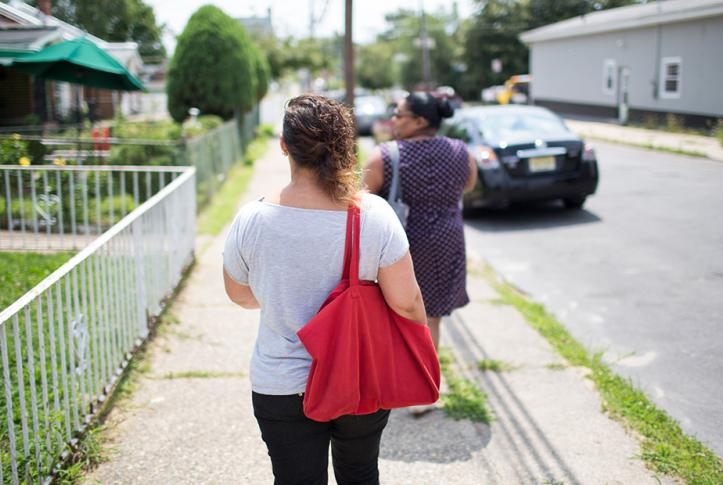Synopsis
Among the under-65 “dual-eligible” population—people enrolled in both Medicare and Medicaid—those with mental disorders incur nearly twice as much in health care costs as those without. Better case management to coordinate medical, mental health, and substance abuse services could yield substantial savings, particularly for Medicare.
"It might be wise for the federal government to share with states some portion of any savings achieved by Medicare, as a way to encourage the investments in Medicaid services that are needed to produce the gains."
The Issue
Dual eligibles under age 65 typically qualify for Medicare because of a disability and for Medicaid because of low income. Nearly half have severe, persistent mental illnesses. Because the two programs have conflicting rules and payment arrangements that can lead to high costs and fragmented care, the Affordable Care Act established a demonstration program under which states that coordinate dual-eligible care effectively are eligible to share in any savings that accrue from their efforts. Commonwealth Fund–supported researchers analyzed spending patterns among younger dual eligibles with mental disorders to identify factors associated with higher spending and the distribution of spending between Medicare and Medicaid.
Key Findings
- Dual eligibles younger than age 65 incurred an average of $20,383 annually in costs for health care and long-term care services and supports from 2006 to 2009. Average costs per year for those with mental disorders were nearly twice as high compared to those with other disabilities ($24,155 vs. $12,948).
- Sixty percent of all spending for younger dual eligibles with mental disorders was paid for by Medicare, and 23 percent was paid for by Medicaid.
- There were few cases of high levels of spending (in the top 10%) by both Medicare and Medicaid. Young dual eligibles who needed high-intensity services needed mostly high-cost acute care, such as hospital or emergency department care, which is primarily paid for by Medicare, or mostly institutional placements or community-based supports, primarily paid for by Medicaid.
- Having both a mental disorder and a functional impairment—for example, a difficulty with activities of daily living such as bathing, dressing, eating—or substance abuse disorder generates high levels of spending. For instance, average spending will double for a beneficiary with depression if he or she also has a functional impairment or a substance abuse disorder.
Addressing the Problem
Interventions to improve care and reduce costs for dual eligibles are most likely to be effective if they target individuals most at risk of high spending, including those with mental disorders as well as substance use and functional impairments. Programs that provide case management to coordinate medical, mental health, substance abuse, and rehabilitation services—which are typically paid for by Medicaid—may save Medicare money through the reduced use of acute care. To encourage state Medicaid programs to invest in efforts to improve care for dual eligibles, the federal government should consider gain-sharing arrangements whereby states receive some portion of any Medicare savings generated through improved care coordination.
About the Study
Using data from the Medicare Current Beneficiary Survey for 2006–09, researchers examined four patterns of spending among younger dual eligibles: 1) total spending for individuals with mental disorders, compared with spending for those with other types of disability; 2) spending for younger dual eligibles by service type (inpatient, outpatient, drugs, or other); 3) spending by demographic characteristics, health status, functional status, and payment source; and 4) the shares of spending accounted for by different dual-eligible populations.
THE BOTTOM LINE
People under age 65 who are enrolled in both Medicare and Medicaid often incur high costs, particularly when they suffer from a severe mental disorder. Shared-savings programs seeking to better coordinate care for this group should target those individuals most at risk for high spending and carefully structure gain-sharing arrangements between Medicare and Medicaid.
